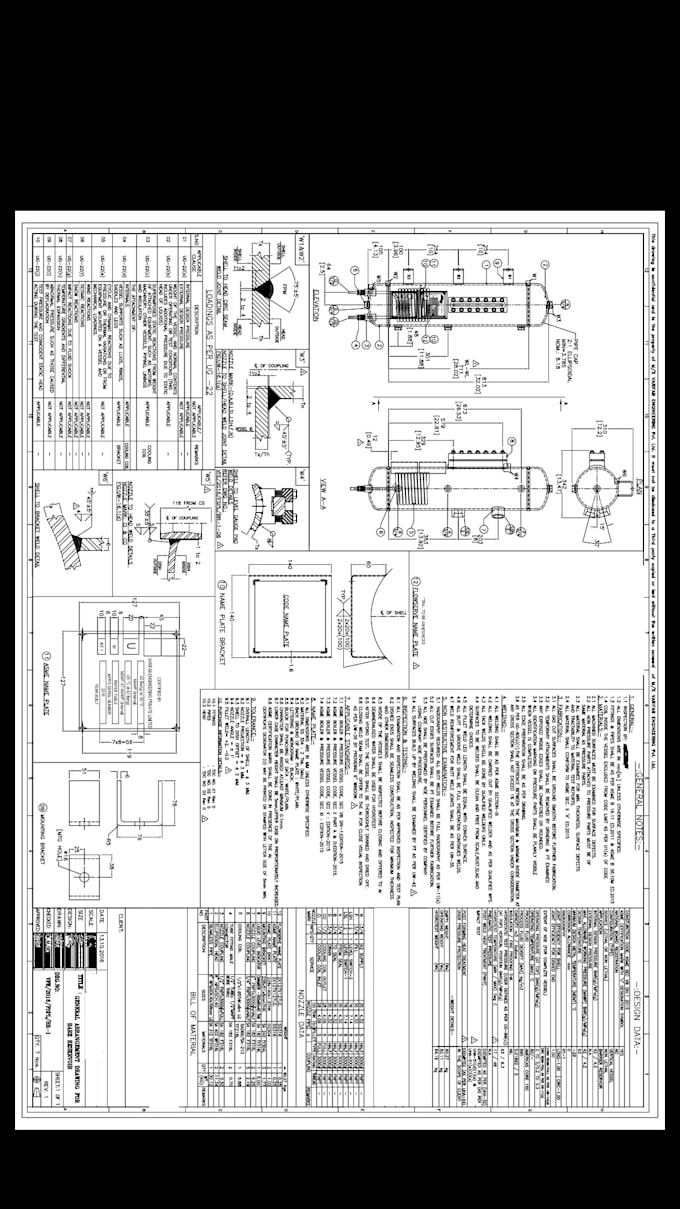

If you’re a very powerful rider (which I am not), you may find that the Crono Fluid doesn’t provide quite enough resistance at the top end. That all said, magnetic turbos can provide greater resistance than fluid ones. Say you set the resistance on the roller at a nominal ‘hard’ level, you can make your pedalling experience relatively easy by shifting down into your lowest gear. I don’t want to labour the point, but the fluid system means higher gear = harder effort (simples) the magnetic (and similar) systems introduce another variable (the resistance level). Magnetic turbos can also be ‘cheated’ (if you’re that way inclined). Instead, you have to set the level yourself, using a control attached to you handlebars. Resistance levels are not controlled by the speed at which the rear wheel spins. Apparently, magnetic trainers tend to be more noisy. Just to complete the picture, the alternative way for a trainer to give you something to pedal against is magnetic resistance. It makes for a very simple way to work hard on the bike. Even staying within the same gear, pushing a little bit harder makes the Crono Fluid push back at you. If you want things to be harder, click into a higher gear and the resistance rises. You’re not having to reach for another controller.

Since the purpose of the trainer is to make you a better rider on the road (I’m assuming you’re not aiming to become a world class turbo wrangler), the closer to ‘real life’, the better.Ĭhanging the resistance level using your gears also feels natural. It feels rights, which is more than you can say for a lot of exercise bikes found in the gym. I’ve found the fluid resistance makes for a realistic riding experience. Want things to get easier? Simply click down to a lower gear. What this means in practice is that you can increase the resistance, and the intensity of effort that you’re putting in, by shifting up the gears. The Crono Fluid creates resistance by having the rotor submerged in oil (that’s the ‘fluid’ bit, in case it wasn’t clear).Īs a result (and don’t ask me how exactly), the resistance on the roller increases gradually and automatically as you attempt to turn it more quickly. Yes, I said ‘interesting thing’ and I stand by that. The interesting thing about turbo trainers is the technology they use to create the roller resistance and how the different levels of resistance are controlled. (By the way, if you’re new to turbo trainers, and want to know more, check out my uber-guide-post: The Sportive Cyclist’s Guide To Turbo Trainers.) Vive La Resistance You sometimes hear them called indoor trainers. The roller offers varying amounts of resistance to being turned, enabling you to get a sweat on. This allows you to ride the bike without going anywhere.Īs you pedal to turn the wheels, the roller spins. Quickly, for those who are unsure, a turbo trainer is a smallish contraption that you fit to the rear wheel of your bike which lifts said wheel off the floor and puts it onto a roller. Is this relevant to the review? Probably not. (* I don’t really call the turbo a ‘she’.

I won’t lie, she (the turbo, not my wife) has caused me not a little pain*. We have spent many a sweaty evening together, whilst the kids are in bed upstairs and my wife is at work. In the years that we’ve been together, I feel that that the Crono Fluid and I have become very intimate. So I can tell you about, and most importantly show you, the Crono Fluid trainer in action. Before video existed.īut now moving pictures do exist. This post is an updated version of a review I wrote way back in 2014.


 0 kommentar(er)
0 kommentar(er)
